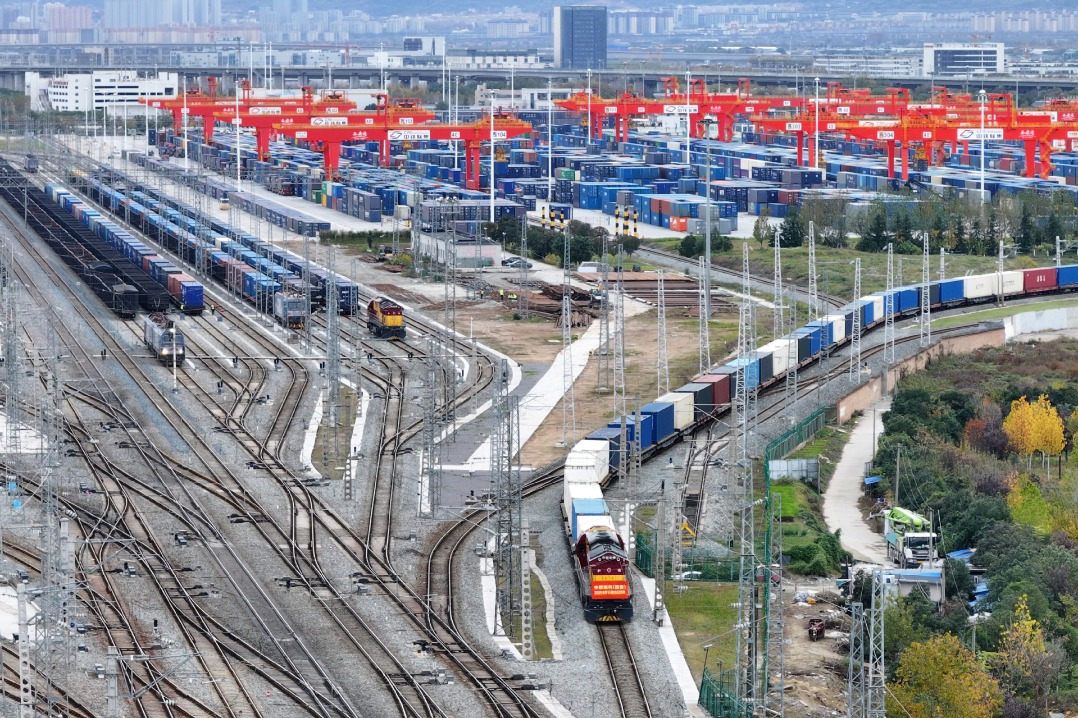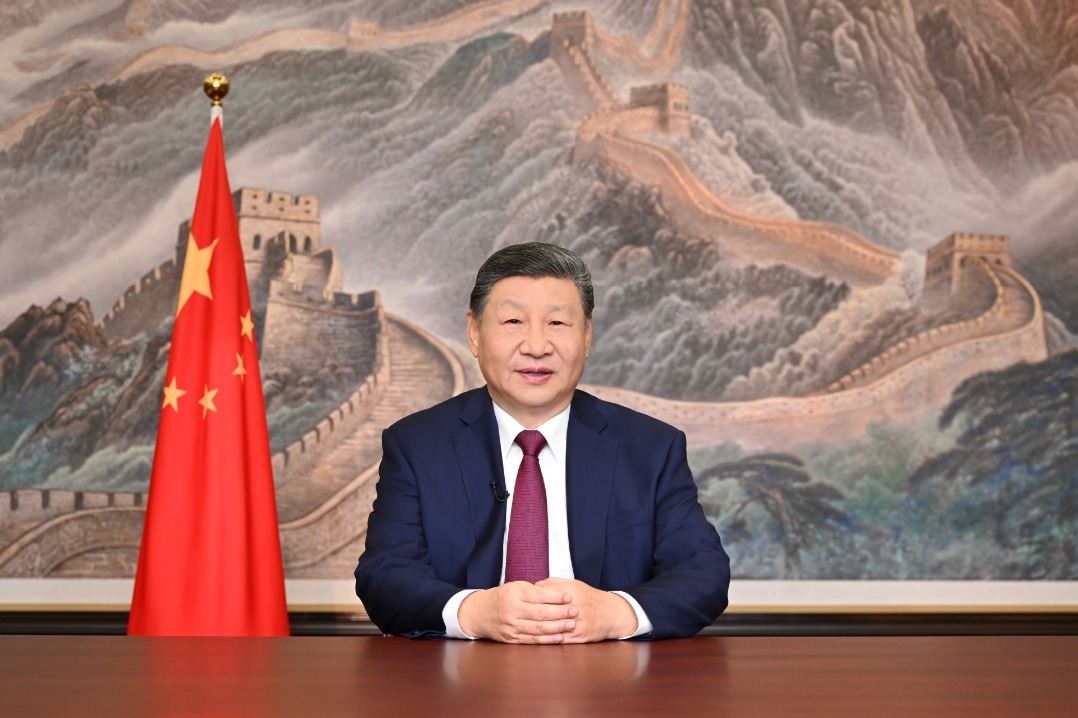Wishful thinking
Another nebulous US-led BRI competitor with strings attached


There is an old saying in the West: "If you can't beat them, join them."
Perhaps the United States' politicians — most especially those in the Joe Biden administration — will accept that reality at some point. That would then allow the US to become a partner in China's successful Belt and Road Initiative.
But until that day arrives (and no realist expects it to), the US will continue to unveil watered-down and inadequate competitors to the BRI.
The most recent example: The proposed Luzon Economic Corridor, whose primary goal, according to the State Department, is to "support connectivity between Subic Bay, Clark, Manila and Batangas in the Philippines".
To this end, the US State Department said, "The United States, the Philippines and Japan will accelerate coordinated investments in high-impact infrastructure projects, including rail; ports modernization; clean energy and semiconductor supply chains and deployments; and agribusiness to further connect and drive economic growth in each hub."
That sounds great, but is it realistic?
Before we examine the LEC and address that question, let's look back at another highly touted connectivity plan the US had in mind. There are important lessons we can learn from it.
In 2023, the US announced the India-Middle East-Europe Economic Corridor, an effort that would speed up cargo shipments and improve communications across multiple continents. The White House stated that the "landmark "arrangement would unlock "sustainable and inclusive economic growth" throughout Asia, the Middle East and Europe. Short on promises but long on ambition, the IMEC would dent the BRI and affirm the US' place as a global economic dealmaker.
Late last year, I examined the IMEC and highlighted a few concerns. I questioned whether tangible and sustainable projects would ever be launched. I asked if China's positive engagement with the Middle East would lead countries in the region to question the US' commitment to peace and therefore make them reconsider the US' purpose for engaging in IMEC. (The recent US decision to shoot down a UN resolution to grant Palestine full membership within the organization will exacerbate those concerns.) Finally, I argued that the US' message about democracy and human rights was falling on deaf ears; Washington can no longer dictate to other countries how those nations will conduct their internal affairs.
I concluded that "skepticism abounds (about the IMEC) with far fewer countries interested in participating (compared to the BRI) and a paltry budget associated with it".
And where does the IMEC stand roughly eight months after it was trumpeted on the global stage?
In January, Bloomberg reported that the IMEC had been shelved and "talk of the transcontinental trade lane has all but gone silent".One analyst noted that "Washington is seriously struggling to counter China's grand economic vision "connected to the BRI.
With that in mind, let's now turn our attention to the LEC again.
On the surface, the LEC looks to be rooted in geopolitics and linked to an effort by the three countries to antagonize China. The Philippines' recent rocky diplomatic relationship with China has led Manila to seek even deeper ties with the US. Meanwhile, Japan has more and more often aired its concerns about Chinese "aggression" in the region.
Let's not forget that the Philippines became part of the BRI in 2018 and then walked away from the initiative in late 2023, a move the government claimed was necessary because China was repeatedly delaying the funding of three BRI-related projects inside the Philippines. Recognizing that Japan was already investing heavily in improving public transportation in the country, Filipino officials seemed quite confident that kicking Beijing to the curb would not be a problem. In fact, the leaders of the US, the Philippines and Japan claimed that preventing the Philippines from becoming a victim of "economic coercion" mandated the LEC.
The three leaders have promised to outline further details about the LEC next month. The LEC has nothing concrete attached to it. No vetted dollar figure. No timeline of when the first project will commence. No indication of benchmarks for success. Nothing, except for suggestions from Manila that it will be the beneficiary of up to $100 billion in investments over the next decade.
Only the most naive of people would fail to see that any arrangement the Philippines enters into with the US and Japan comes with a catch: The country could be forced to enter any future regional military conflict. The US Secretary of Defense noted just a few days ago that the Philippines was an essential piece in the US' military strategy throughout Asia. No one would be surprised to see more war materiel and money earmarked for defense heading to the Philippines in the near future. It being a partner in the LEC — with the baggage associated with it — is on the US' wish list.
The author is an associate professor in the Department of Communication and Organizational Leadership at Robert Morris University in Pennsylvania. The author contributed this article to China Watch, a think tank powered by China Daily. The views do not necessarily reflect those of China Daily.
Contact the editor at editor@chinawatch.cn.


































